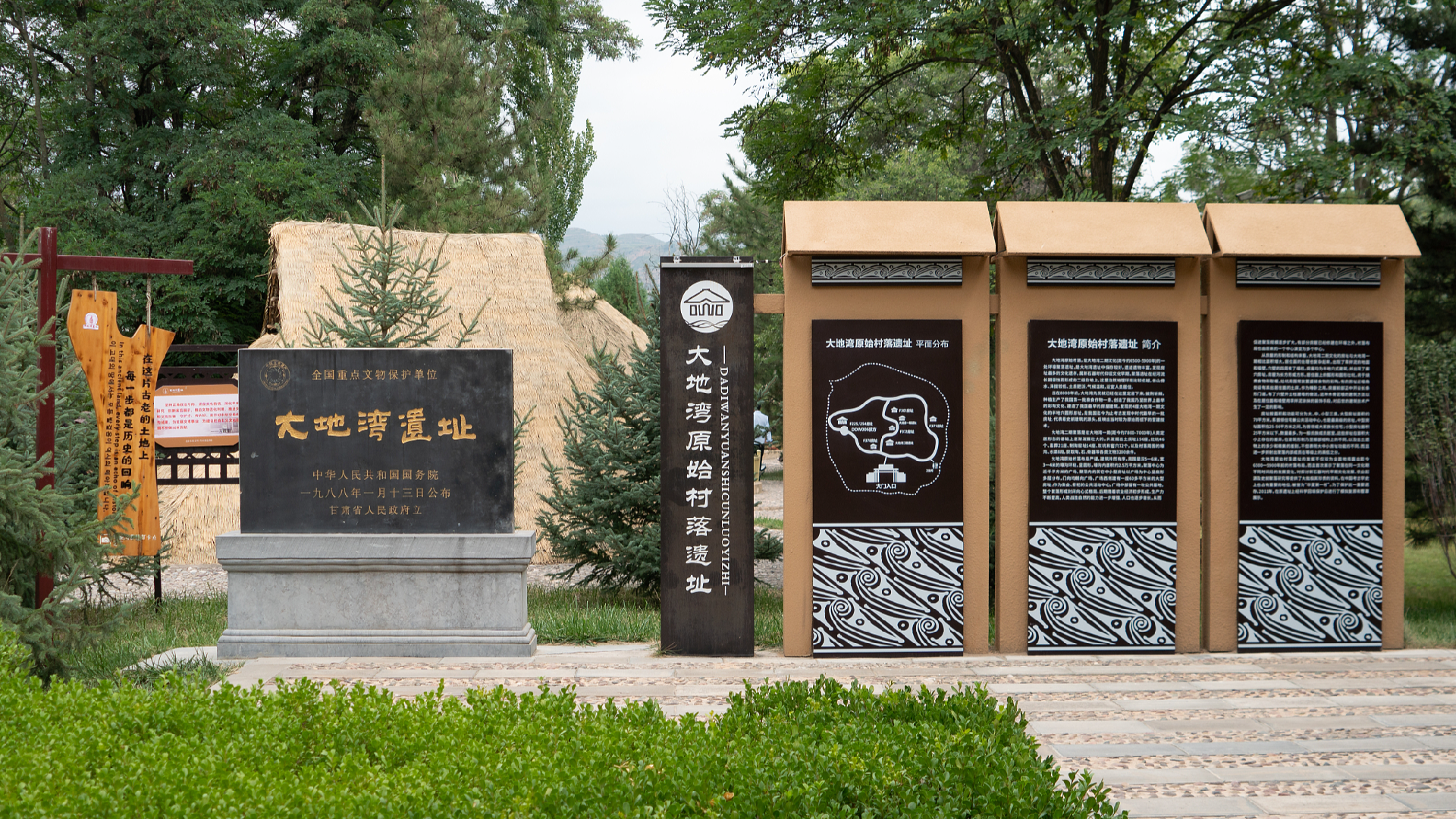Chinese Scientists Create Technology to Safeguard 5,000-Year-Old Archaeological Site
Chinese researchers have recently introduced a range of technological strategies developed over a six-year initiative aimed at tackling the problem of high humidity in site museums, thereby fostering a better preservation environment for cultural relics.

This program was conducted at the Dadiwan Site, a Neolithic location dating back approximately 8,000 to 4,800 years, located in Qin'an County, northwest China's Gansu Province. It involved collaboration among researchers from Dunhuang Academy and the Northwest Institute of Eco-Environment and Resources (NIEER), both part of the Chinese Academy of Sciences.
Dadiwan is recognized as one of the largest and best-preserved Neolithic settlement sites discovered in China thus far. The notable Dadiwan F901 site, with over 5,000 years of history and encompassing an area of 420 square meters, represents the largest and most intricately designed large-scale housing structure from China's prehistoric times. However, earlier renovation efforts that included a sealed glass curtain wall resulted in a continuous increase in relative humidity within the site, leading to outbreaks of microbial diseases.
To evaluate the effectiveness of ventilation and the changes in relative humidity, researchers employed on-site real-time environmental monitoring and numerical simulation, examining the conditions before and after various interior modifications to the F901 site.
The findings revealed that while the fully enclosed glass curtain wall helps to reduce the influence of outdoor weather on indoor humidity fluctuations, it also produced unintended effects, such as heightened air relative humidity that occasionally reached saturation levels within the museum space. The strategic installation of louvered windows and duct fans was found to effectively improve internal airflow dynamics and overall air exchange capacity.
Liu Benli, a researcher at NIEER and the study's first author, noted that the research holds considerable importance for mitigating the deterioration of enclosed exhibition halls housing earthen relics. This study was recently published in the international journal of Heritage Science.
Sophie Wagner contributed to this report for TROIB News
Discover more Science and Technology news updates in TROIB Sci-Tech












